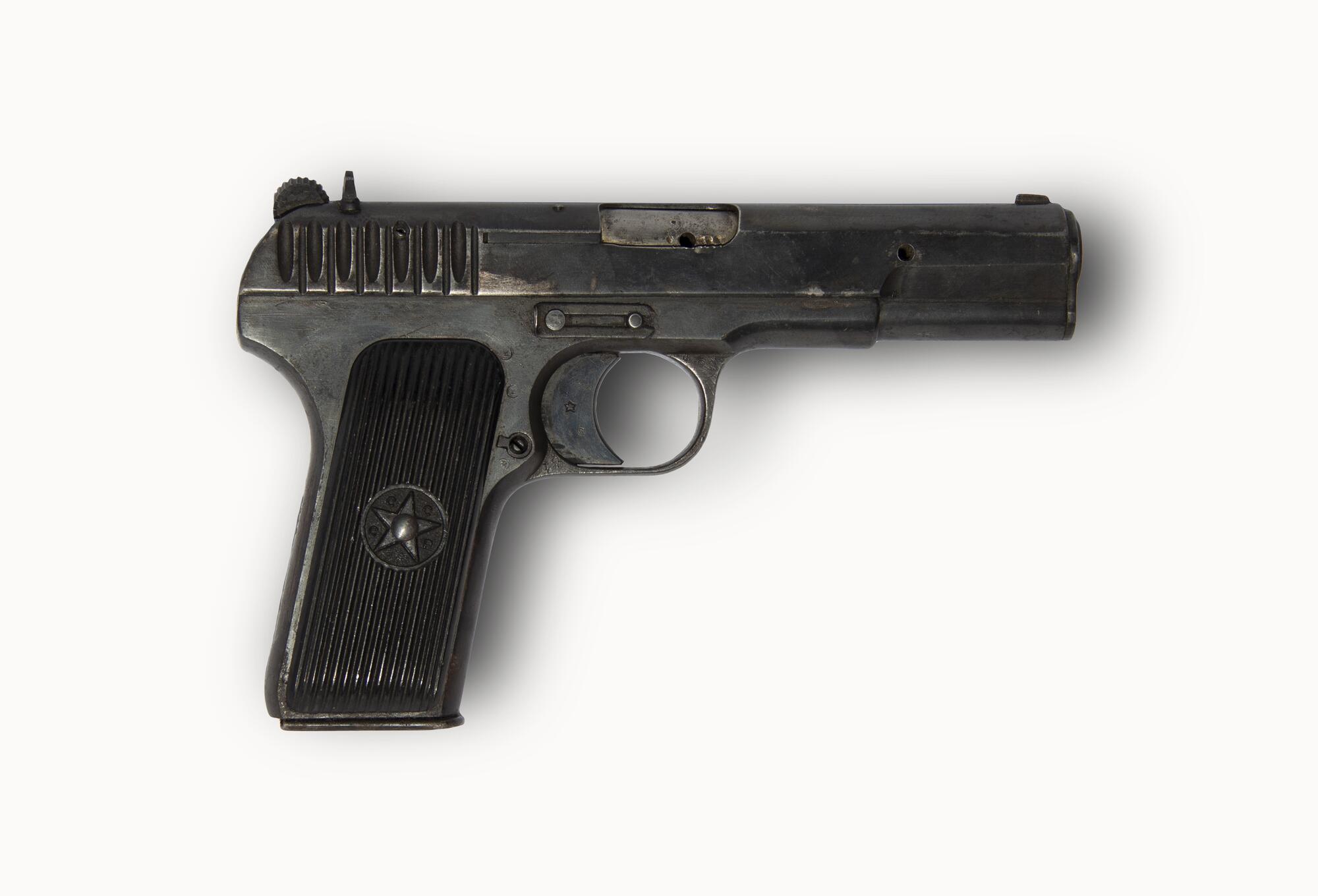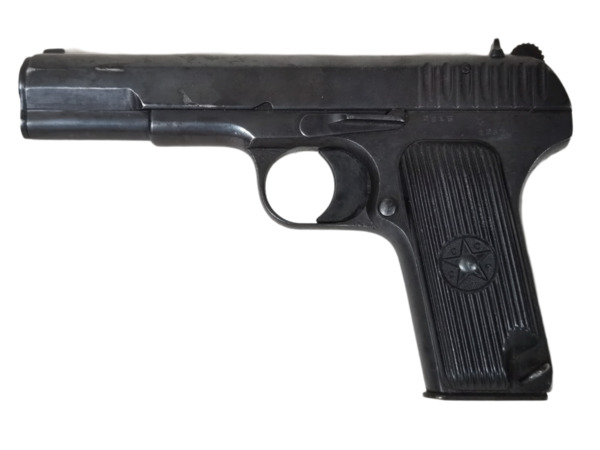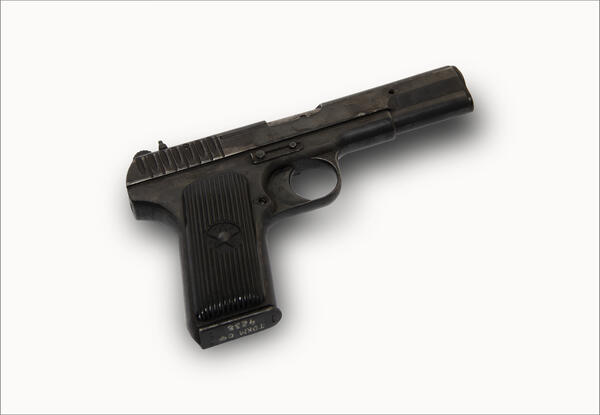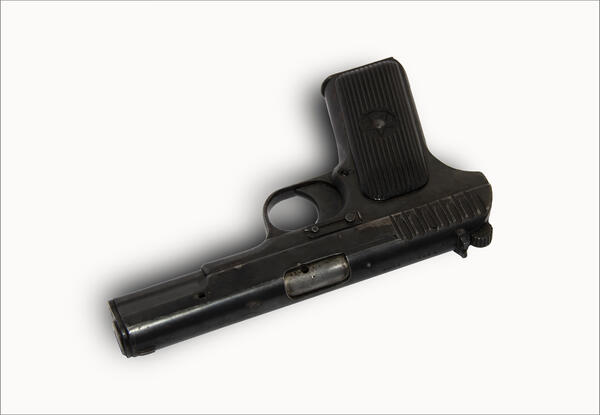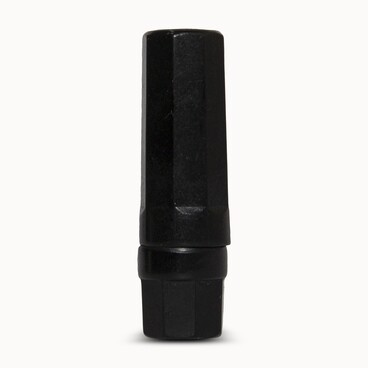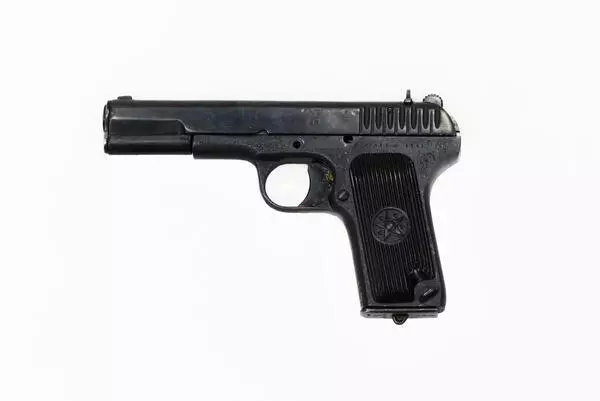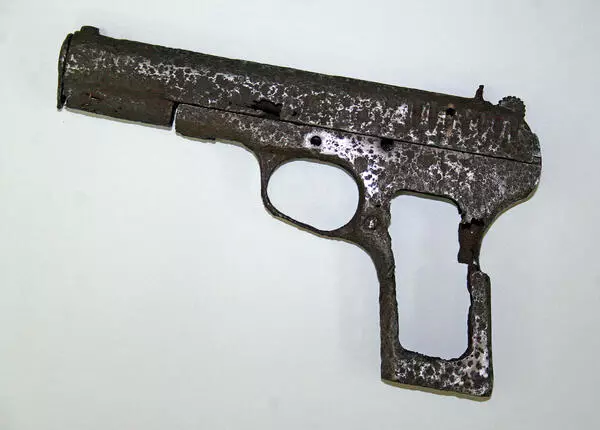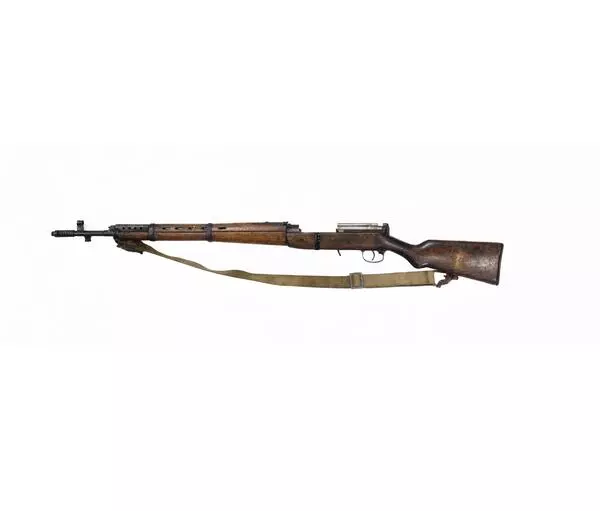The TT pistol was developed by Fedor Vasilievich Tokarev in the early 1930s as a service pistol for the Soviet military to replace the Nagant revolver that had been in use since the time of the Russian Empire.
In 1930, the Revolutionary Military Council approved a resolution to test a new pistol. Even as the TT-30 was being put into production, design changes were made to simplify manufacturing. Minor changes to the barrel, disconnector, and trigger were implemented. About 93,000 TT-30 pistols were produced between 1930 and 1936.
The TT-33 automatic pistol was a popular modification of the TT-30. Soviet engineers made several alterations to simplify the manufacturing and maintenance of the pistol, most notably, they simplified the barrel’s locking lugs. Some models used a captive recoil spring that was secured to the guide rod. The TT-33 pistol had a free slide. It used a short recoil tilting-barrel system.
The TT-33 was chambered for the 7.62×25mm Tokarev cartridge, which was based on the similar 7.63×25mm Mauser C96 round. The Tokarev cartridge was sufficiently powerful, had an extremely flat trajectory, and was capable of penetrating thick clothing and soft body armor.
As the TT-33 proved reliable, a large number of such pistols were produced during World War II and well into the 1950s. They were issued to the commanders of military units, and later to police officers and the People’s Commissariat for Internal Affairs (NKVD). The TT-33 was widely used by the Soviet troops during the Great Patriotic War but did not replace the Nagant revolver completely.
In total, 1,330,000 TT pistols were manufactured in the Soviet Union between 1931 and 1945. This pistol was used until 1952 when it was replaced by the Makarov pistol. In the postwar years, the Izhevsk Mechanical Plant also produced a 5.6 mm R-3 sports pistol based on the TT-33 design. It was designed by the gunsmith Georgy Vasilyevich Sevryugin.
In 1930, the Revolutionary Military Council approved a resolution to test a new pistol. Even as the TT-30 was being put into production, design changes were made to simplify manufacturing. Minor changes to the barrel, disconnector, and trigger were implemented. About 93,000 TT-30 pistols were produced between 1930 and 1936.
The TT-33 automatic pistol was a popular modification of the TT-30. Soviet engineers made several alterations to simplify the manufacturing and maintenance of the pistol, most notably, they simplified the barrel’s locking lugs. Some models used a captive recoil spring that was secured to the guide rod. The TT-33 pistol had a free slide. It used a short recoil tilting-barrel system.
The TT-33 was chambered for the 7.62×25mm Tokarev cartridge, which was based on the similar 7.63×25mm Mauser C96 round. The Tokarev cartridge was sufficiently powerful, had an extremely flat trajectory, and was capable of penetrating thick clothing and soft body armor.
As the TT-33 proved reliable, a large number of such pistols were produced during World War II and well into the 1950s. They were issued to the commanders of military units, and later to police officers and the People’s Commissariat for Internal Affairs (NKVD). The TT-33 was widely used by the Soviet troops during the Great Patriotic War but did not replace the Nagant revolver completely.
In total, 1,330,000 TT pistols were manufactured in the Soviet Union between 1931 and 1945. This pistol was used until 1952 when it was replaced by the Makarov pistol. In the postwar years, the Izhevsk Mechanical Plant also produced a 5.6 mm R-3 sports pistol based on the TT-33 design. It was designed by the gunsmith Georgy Vasilyevich Sevryugin.
